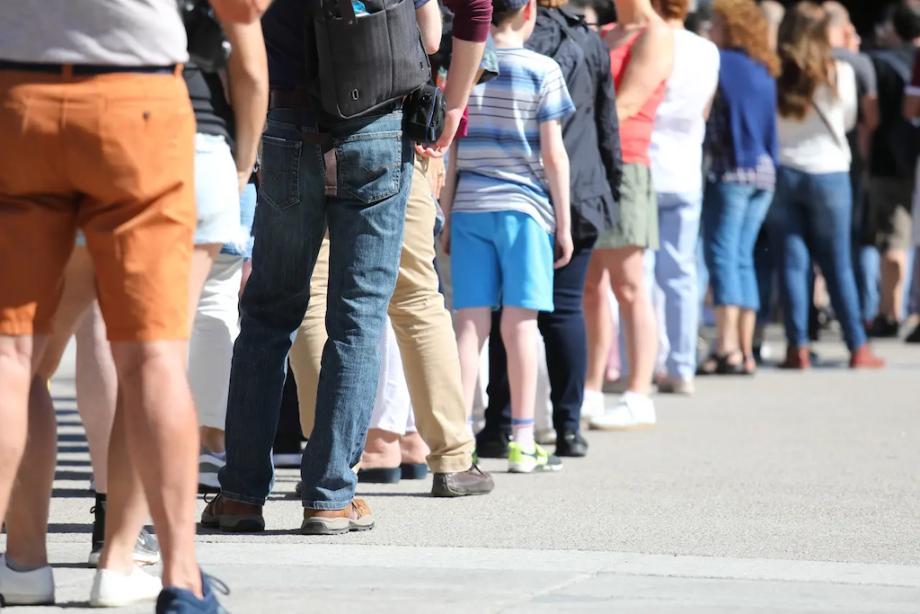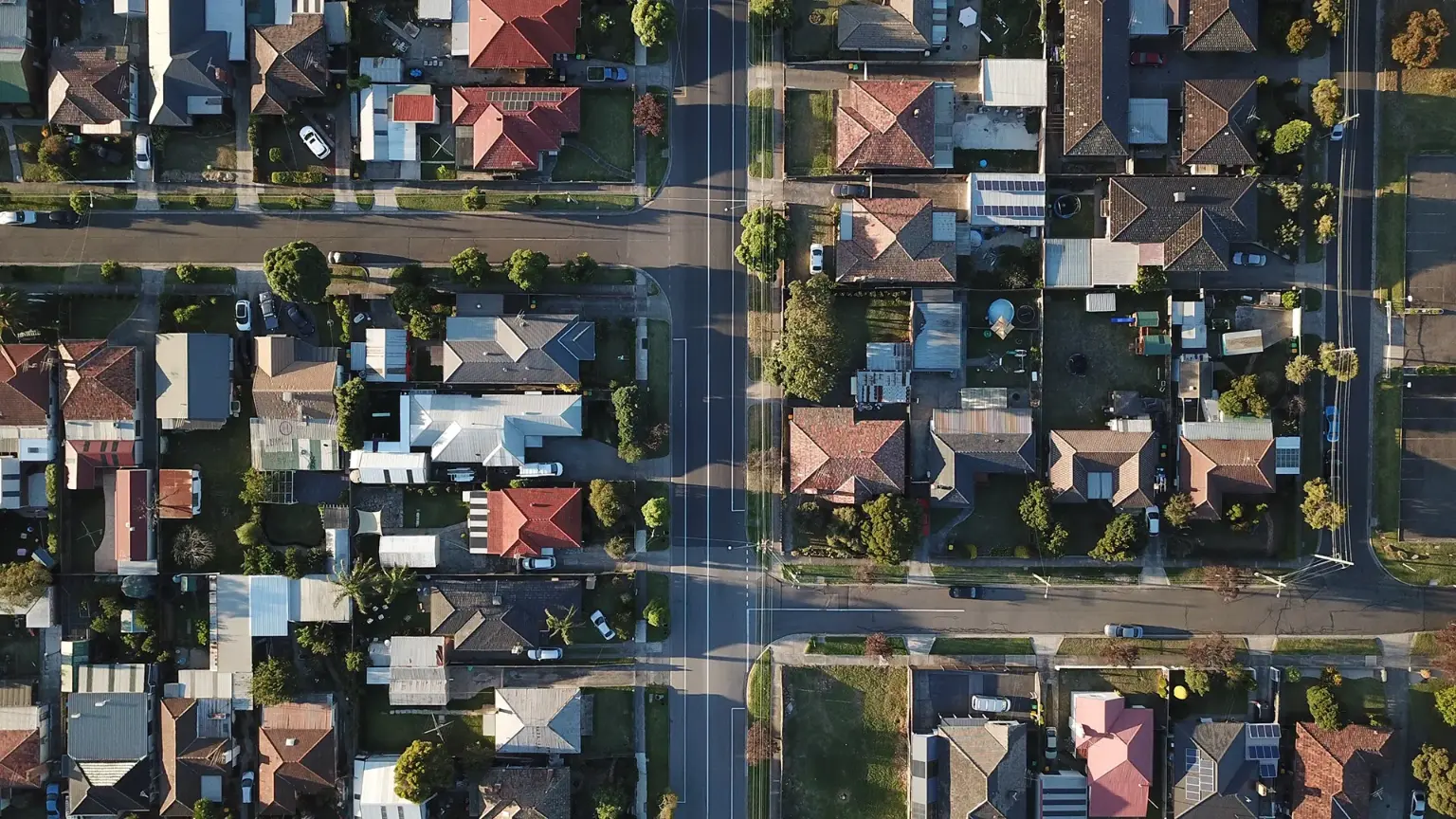In the ever-evolving landscape of the Australian property market, recent data has unveiled a significant trend that’s catching the attention of investors nationwide. The national residential property rental vacancy rate has taken another dip, falling to a mere 1.2% as of August 2023. This shift is not just a statistical blip but a reflection of the broader dynamics at play in the housing sector.
SQM Research, a respected Australian investment research house, has recently highlighted that the total number of rental vacancies across Australia decreased by 3,439 dwellings in August. This brings the total count to 35,425 vacant and available rental properties, underscoring the intensifying housing rental crisis in the country.
Delving deeper into the data, it’s evident that this isn’t a localised phenomenon. Nearly all capital cities recorded a decrease in vacancies. Sydney, Perth, and Canberra reported significant drops in their rental vacancy rates, standing at 1.4%, 0.4%, and 1.9%, respectively.
However, it’s not just the major cities feeling the pinch. Most regional areas also experienced a decrease in rental vacancy rates. For instance, the North Coast NSW saw its rate drop to 1.6%, while the Gold Coast Main recorded a decrease to 1.3%. In contrast, the Blue Mountains remained steady at 1.5%[^1^].
Interestingly, while the rental vacancy rate in the Sydney CBD fell back to 4.6% after an increase in July 2023, Melbourne CBD and Brisbane CBD saw a rise in their rates, standing at 5.2% and 1.8% respectively.
With decreasing vacancy rates, it’s no surprise that asking rents have been affected. Over the past 30 days leading up to 12 September 2023, capital city asking rents rose by 0.2%. When we stretch this timeframe to a year, the increase stands at a whopping 16.1%. Breaking it down further, capital city house rents rose by 0.4% with a 12-month increase of 14.9%, while unit rents remained steady over the past month but are up by 17.4% over the past year.
To put this into perspective, the national median weekly asking rent for combined dwellings is now $584.32. In capital cities, this figure jumps to $677.25 for combined dwellings. The most expensive rent? Sydney houses, demanding a staggering $977.65 a week. On the flip side, the most affordable rent is found in Adelaide units, priced at $432.87 a week.
Louis Christopher, Managing Director of SQM Research, shed light on the situation, noting that the first half of 2023 brought a slight relief for tenants due to a modest increase in rental vacancy rates. This was particularly evident in regional townships, where tenants increasingly sharing accommodation played a role in easing the rates. However, recent months have seen the rental market tighten once again. Christopher attributes this renewed tightening to rapid population growth and a decrease in new dwelling completions compared to 2022. He anticipates that the low rental vacancy trend will persist, leading to a contraction in housing formation and increased demand for investors to enter the market.
The dropping vacancy rates and the subsequent rise in rents underscore the pressing need for strategic interventions in the housing sector. As investor demand surges in response to these trends, it’s crucial for stakeholders to come together and address the looming challenges. The data serves as a clarion call for policymakers, investors, and the broader community to take proactive measures in ensuring housing affordability and availability for all Australians.
*Source: [SQM Research – National Vacancy Rate August 2023]

_1760408926gJ50A-card.jpg)
_1758680457EfP8W-card.png)
_1754959266HOub5-card.png)
_1752115352WpaHL-card.jpg)
_1751940993PbDjZ-card.jpg)
_1751333432LuNFZ-card.jpg)

_1764731815HUFUX.jpg)
_1764211036lHsm6.png)
_1762916285NoFl4.jpg)
_17623130443GJfk.jpg)
_1760408926gJ50A.jpg)
_17598783571Kaml.jpg)



